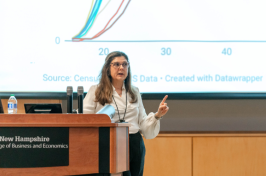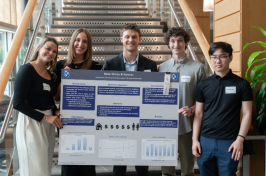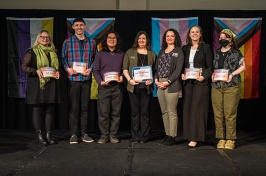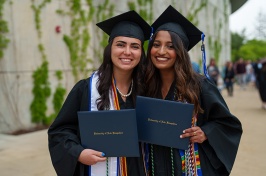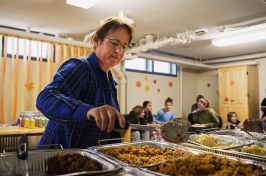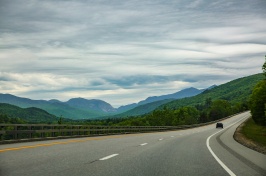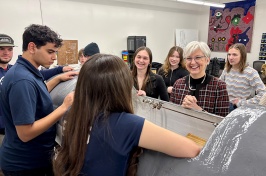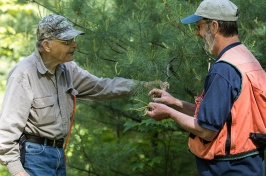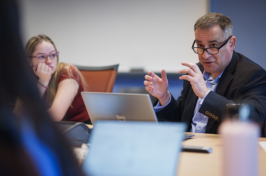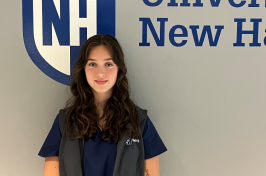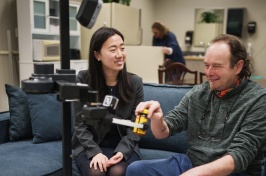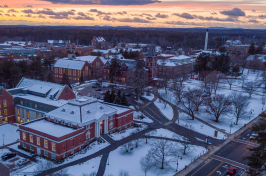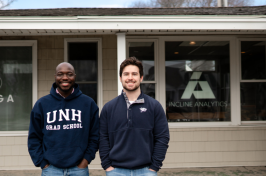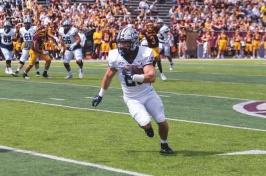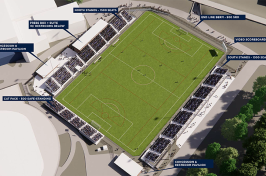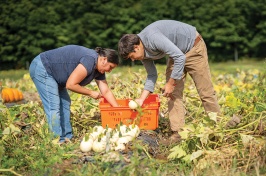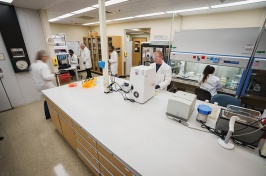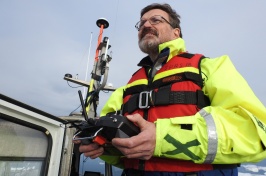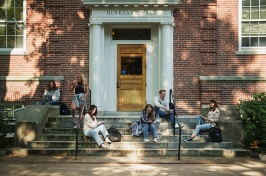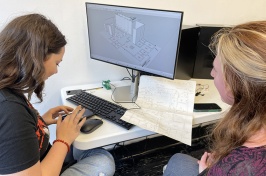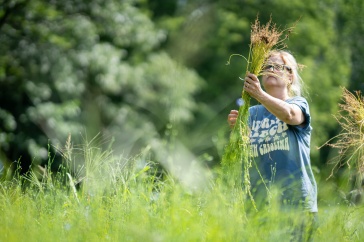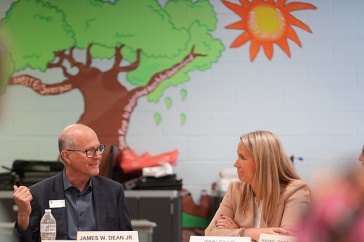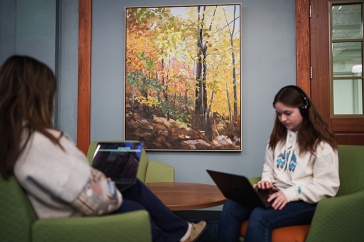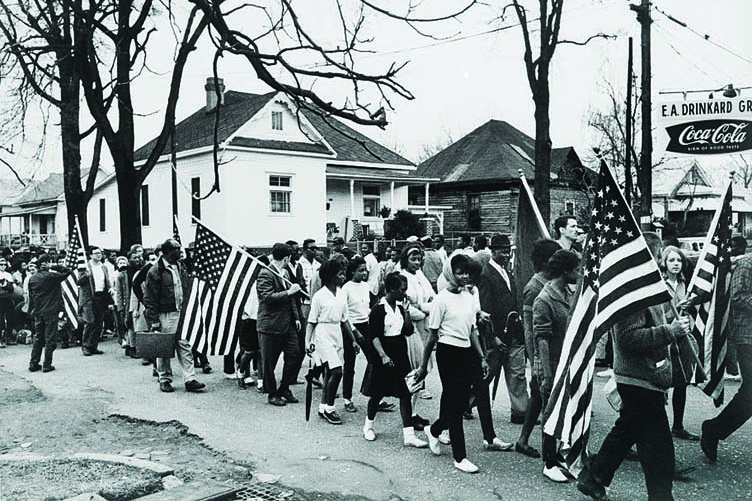
As we gathered at the Edmund Pettus Bridge, amid the thousands of other people from all over, many of them original marchers, I noticed something: the silence.
I had never been around such a large crowd of people who were so collectively quiet. We were just taking in the momentous importance of this event.
The silence floated above us, except for the voice of Martin Luther King Jr. His speech from the original march to Selma blared out from large screens overhead.
We had awakened before sunrise, and anticipated there would be heavy traffic that morning, so we made our way to the bridge. We were some of the first people there, so we talked to some of the law enforcement there about what their roles would be that day. We walked around town and took some pictures of the murals and paintings in Selma.
We were making our way back to the bridge when we noticed postings by the Ku Klux Klan — they were vulgar and disgusting. Later, at a church, when we gathered to hear from a pastor about what the day would be like, we were advised to stay close to each other: the KKK knew about the march, and they might try to disrupt our movement.
Tackling the things that seem hard or nearly impossible to accomplish is where I see myself in the long run, surrounding myself with those who are willing to stick it out even when it gets so tough you almost want to quit.
We heard speeches from President Obama and civil rights leader Rep. John Lewis, D-Ga., who was at the 1965 march. But for me, the person I met who meant the most was a woman in her 80s who was there 50 years ago. It was a very short conversation, but I wanted to show my thanks for her marching. I gave her a big hug. When I told her we were from New Hampshire, she said, “What?!” like she couldn’t believe we had come from so far away.
I hadn’t known very much about Selma and the events of 1965, to be honest. I did some reading before we left for the trip, but being there was very different. I knew it would be emotional for me and other people taking part — and it was. To know that our president would not have been allowed in certain places in this community completely shocked me. Even after the march 50 years ago, Selma still had segregated schools and a white-only country club. The fact that the bridge was and is still named for a white supremacist is ludicrous. And while not to the extremes that it was 50 years ago, black Americans still face brutality from police. I feel as though every time I turn on the phone, watch the news or read the paper I see another death within the black community.
I hope there will be more involvement with social justice issues on the part of younger students — especially those who may not be directly affected by it. This type of work has always been hard but it has helped shape me into the man I am today. Tackling the things that seem hard or nearly impossible to accomplish is where I see myself in the long run, surrounding myself with those who are willing to stick it out even when it gets so tough you almost want to quit.
At the march, I was able to talk to some of the teens from the area and hear about why they got involved. As we walked by the crowds, I could see members of the younger generation trying to reach out and grab my hand, to say thank you.
 Myles Parker ’15 was among a group of UNH students and staff who traveled south this spring to commemorate the 50th anniversary of Bloody Sunday in Selma, Alabama. It was there in 1965 that some 600 peaceful civil rights marchers were violently attacked by state troopers. The event marked a turning point in the civil rights movement of the 1960s. UNH Magazine asked Parker to share what it was like to be part of history.
Myles Parker ’15 was among a group of UNH students and staff who traveled south this spring to commemorate the 50th anniversary of Bloody Sunday in Selma, Alabama. It was there in 1965 that some 600 peaceful civil rights marchers were violently attacked by state troopers. The event marked a turning point in the civil rights movement of the 1960s. UNH Magazine asked Parker to share what it was like to be part of history.
Originally published in UNH Magazine—Spring/Summer 2015 Issue
-
Written By:
Myles Parker '15 | Freelance Writer











